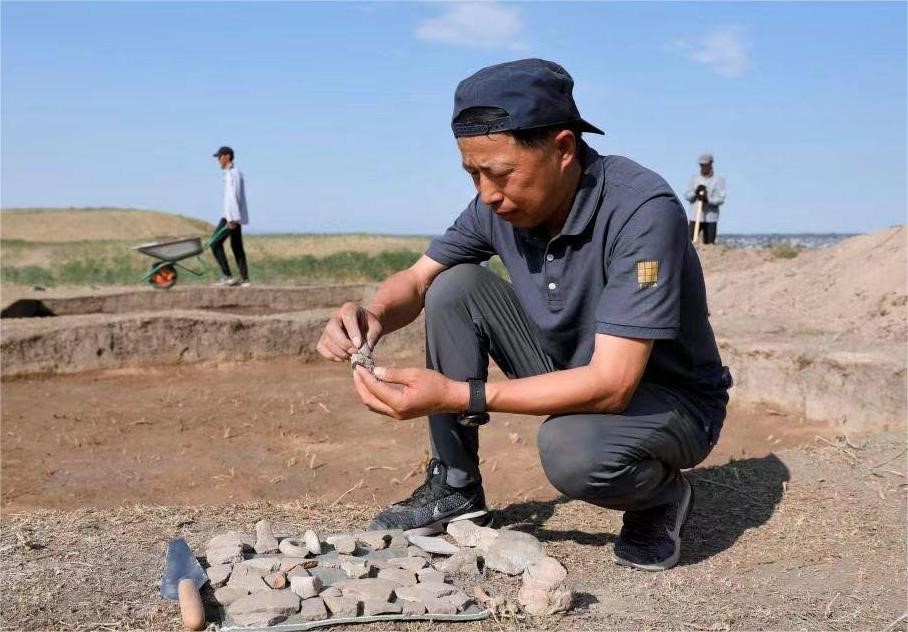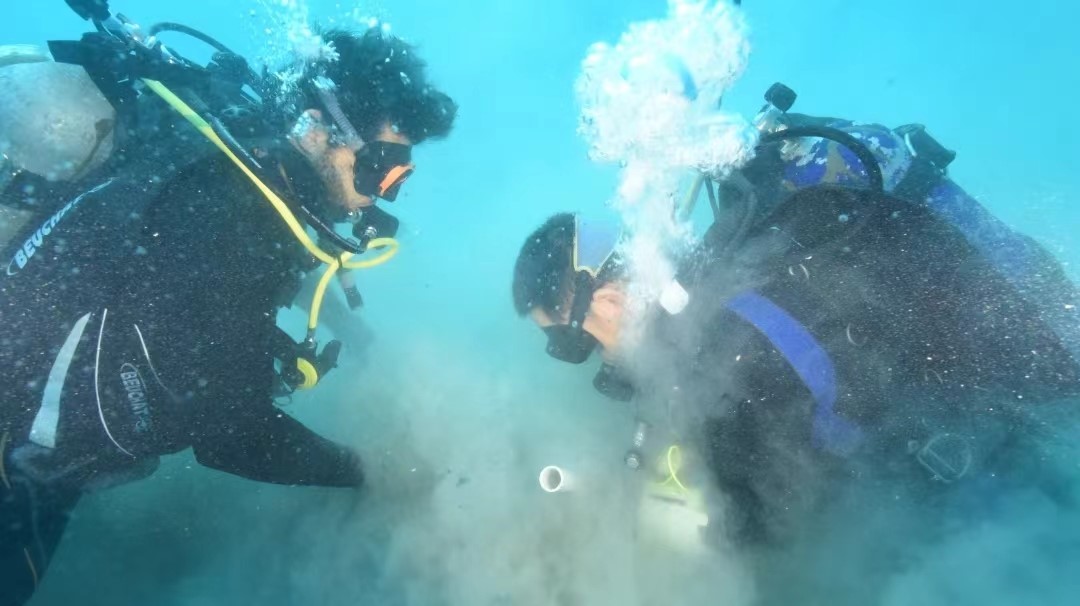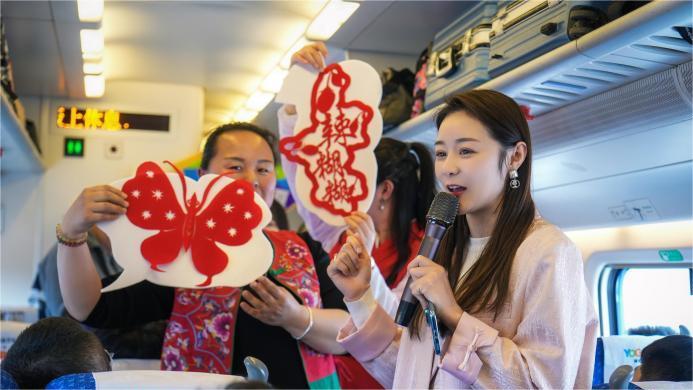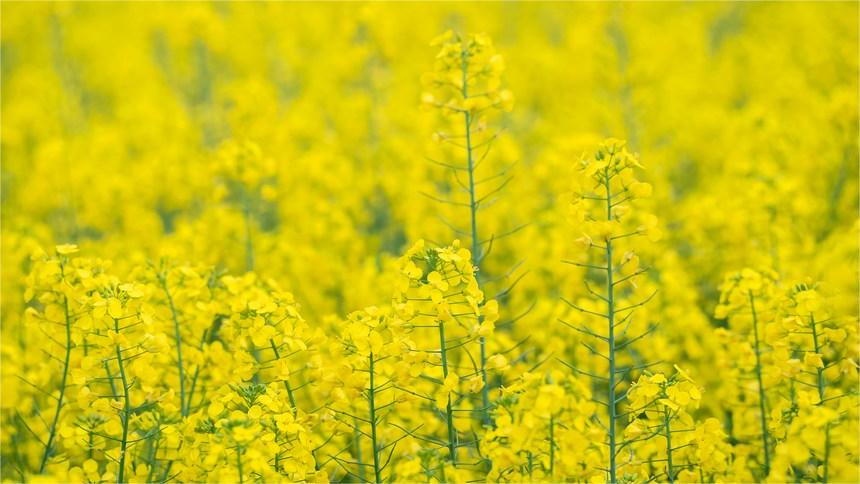Belt and Road archaeological cooperation fosters closer friendship among civilizations
Since China proposed the Belt and Road Initiative (BRI) in 2013, it has deepened exchanges and cooperation with Belt and Road partner countries across various fields over the past 10-plus years, including archaeology.
Chinese archaeological institutions have carried out 44 joint archaeological projects in 24 countries. In Belt and Road partner countries, Chinese archaeologists have been working at excavation sites, collaborating with local experts and scholars. With professionalism and outstanding techniques, they have yielded bountiful archaeological findings.
Besides, cooperation has also deepened in areas like cultural relic exhibitions, joint application for World Heritage sites, historical site preservation and restoration, as well as science talent cultivation. While disseminating Chinese archaeological techniques and philosophies, the Sino-foreign joint archaeological mechanism has also bridged cultural exchanges between China and other nations.
Blessed with abundant rainfall, lush vegetation, and beautiful sceneries, the Fergana Valley in the upper reaches of the Syr Darya River was a crucial juncture along the ancient Silk Road, establishing Uzbekistan's pivotal role in the exchange between Eastern and Western civilizations.
"The China-Uzbekistan joint archaeological studies aim to unravel the early urbanization process in the Fergana Valley," said Liu Tao, a researcher at the Institute of Archaeology, Chinese Academy of Social Sciences.
Among more than 20 ancient urban sites in the Fergana Valley, the Mingtape archaeological site at the southern end of the valley has garnered significant attention. Since 2012, joint archaeological teams from China and Uzbekistan have conducted eight excavations at the site.
Adhering to the idea of great site archaeology, the Chinese team established a comprehensive digital platform based on topographical surveys. Additionally, it has methodically advanced excavations of the cultural layer and archaeological remains at the site.

Ding Yan, a researcher with the Shaanxi Provincial Institute of Archaeology, works at the Rahat site in Kazakhstan. (Photo provided by Shaanxi Provincial Institute of Archaeology)
The Rahat site, located in Kazakhstan, once thrived on the Silk Road at the northern foot of the Tianshan Mountains. Since 2017, a joint Chinese-Kazakh archaeological team has conducted multiple excavations there, aiming at uncovering the site's layout and chronological development.
"The herders here have been making a living from pasture husbandry for generations. The site we excavated was likely a winter-spring encampment where ancient nomads settled," said Ding Yan, a researcher with the Shaanxi Provincial Institute of Archaeology.
Joint archaeological efforts have revived the former glory of the ancient al Serrian port in Saudi Arabia. A joint archaeological team comprised of members of China National Center of Underwater Cultural Heritage and archeologists from Saudi Arabia conducted two excavations at the site in 2018 and 2019.
The team uncovered extensive remains of large architectural structures and two orderly arranged large cemeteries, as well as vestiges of what is suspected to be a coastal freight yard, which vividly revealed the busyness of this once prosperous ancient maritime port.
"Numerous archaeological evidence from the Middle East indicates that as early as the Tang Dynasty (618-907), China had likely entered a ceramic trade boom with the Middle East, including the Red Sea area," said Jiang Bo, Chinese leader of the joint archeological team and professor at the Institute of Cultural Heritage, Shandong University.
Chinese archaeological techniques have played a vital role in Sino-foreign joint archaeological excavations. During a China-Saudi Arabia joint archaeological project, traditional Chinese ink rubbing technique for inscriptions stood out. The ink rubbings produced by Chinese team members helped decipher inscriptions that had become blurred by wind and sand erosion.

Chinese and Saudi archaeologists join an underwater archaeological survey at the al Serrian port in Saudi Arabia. (Photo from Science and Technology Daily)
At the excavation site, Chinese archaeologist Liang Guoqing was often surrounded by Saudi colleagues eager to learn the Chinese techniques.
"Through the application of this technique, we were able to gain crucial insights that furthered our understanding of the site's chronology and its trade context. Under Liang's hands-on guidance, we gradually mastered the ink rubbing technique. I hope to apply it at more archaeological sites in Saudi Arabia," said a Saudi archaeologist.
During an interview with People's Daily, several Chinese experts unanimously mentioned their experience of gaining renewed appreciation for the Chinese culture as well as foreign cultures, which has led to a deeper understanding of the historical interactions between China and foreign countries.
Chinese and foreign members of joint archaeological teams have fostered profound friendships, and they would also learn each other's languages and cultures, said Jiang.
"Through archaeological work, we hope to demonstrate the long history of mutual learning between Chinese and Arabian civilizations, awakening this shared memory of humanity," He noted.
"Prioritizing science and nurturing everlasting friendship" has always been the maxim upheld by Ding and his team members. Driven by the archaeologists, the Shaanxi Provincial Institute of Archaeology has maintained close collaborative ties with universities, research institutes, and museums in Kazakhstan, expanding the "circle of friends" for cultural exchange.
Today, generations of Chinese archaeologists, with their expertise and a friendly approach, are not only working to complete their archaeological missions, but also disseminating the Silk Road spirit of peace and cooperation, openness and inclusiveness, mutual learning and mutual benefit.
Photos
Related Stories
Copyright © 2024 People's Daily Online. All Rights Reserved.









